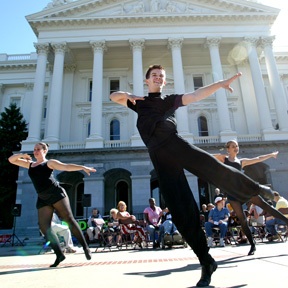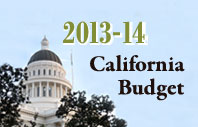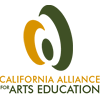Alliance Lobbyist Kathy Lynch provides an analysis of the preliminary results of November 6 election.
On November 6, 2012, Californians went to the poll to elect representatives from all 80 assembly districts and 21 of the 40 senate districts (odd-numbered plus one even-numbered special election). Debra Bowen, Secretary of State, had reported a record number of voter registrations for this election (18,245,970 people or 76.7 percent of those eligible to vote. This is an increase of 2.1 percent over the 17,304,091 registered in 2008. Among those registered for the 2012 general election,43.7% registered as Democrats, 29.4% registered as Republicans, 20.9% expressed no party preference, and 6.0% registered as American Independent, Americans Elect, Green, Libertarian, or Peace and Freedom Party).
Results of the election will be certified on December 7, 2012. As of Tuesday morning, November 13, 2012, many votes by mail and provisional ballots have not been counted. Before the election the Assembly was composed of 52 Democrats, 27 Republicans, and 1 Independent. As of this morning, Democrats were leading in 54 districts and Republicans were leading in 26. The Senate was composed of 25 Democrats and 15 Republicans before the election. As of this morning, Democrats are leading in 14 districts and Republicans are leading in 7 (Senators in odd-numbered districts remaining in the Senate include14 Democrats and 5 Republicans, thus the potential composition is 28 Democrats and 12 Republicans). As the election currently stands, there is the potential of the Democrats holding a supermajority in the California legislature. A supermajority is capable of passing tax legislation without the threat of a Republican veto (the Senate needs 27 seats to achieve supermajority status).










 On June 6, 2013, the California Alliance received a copy of a letter addressed to Title I State Coordinators from Dr. Monique Chism, Director, Student Achievement and School Accountability Programs at the Department of Education. In it, Dr. Chism addresses inquiries she's received about the role of arts education within the Title I, Part A program.
On June 6, 2013, the California Alliance received a copy of a letter addressed to Title I State Coordinators from Dr. Monique Chism, Director, Student Achievement and School Accountability Programs at the Department of Education. In it, Dr. Chism addresses inquiries she's received about the role of arts education within the Title I, Part A program. 

 In March, Californians for the Arts convened arts leaders and state legislators in Sacramento about the new bill AB 580, which would increase appropriations for the California Arts Council from $1M to $75M. The bill, authored by Assembly Member Adrin Nazarian (D—Los Angeles County), will be formally introduced to the state assembly when the language has been finalized. The
In March, Californians for the Arts convened arts leaders and state legislators in Sacramento about the new bill AB 580, which would increase appropriations for the California Arts Council from $1M to $75M. The bill, authored by Assembly Member Adrin Nazarian (D—Los Angeles County), will be formally introduced to the state assembly when the language has been finalized. The 


 Governor’s Budget Favors Local Autonomy and Eliminates Most Categorical Funding
Governor’s Budget Favors Local Autonomy and Eliminates Most Categorical Funding

